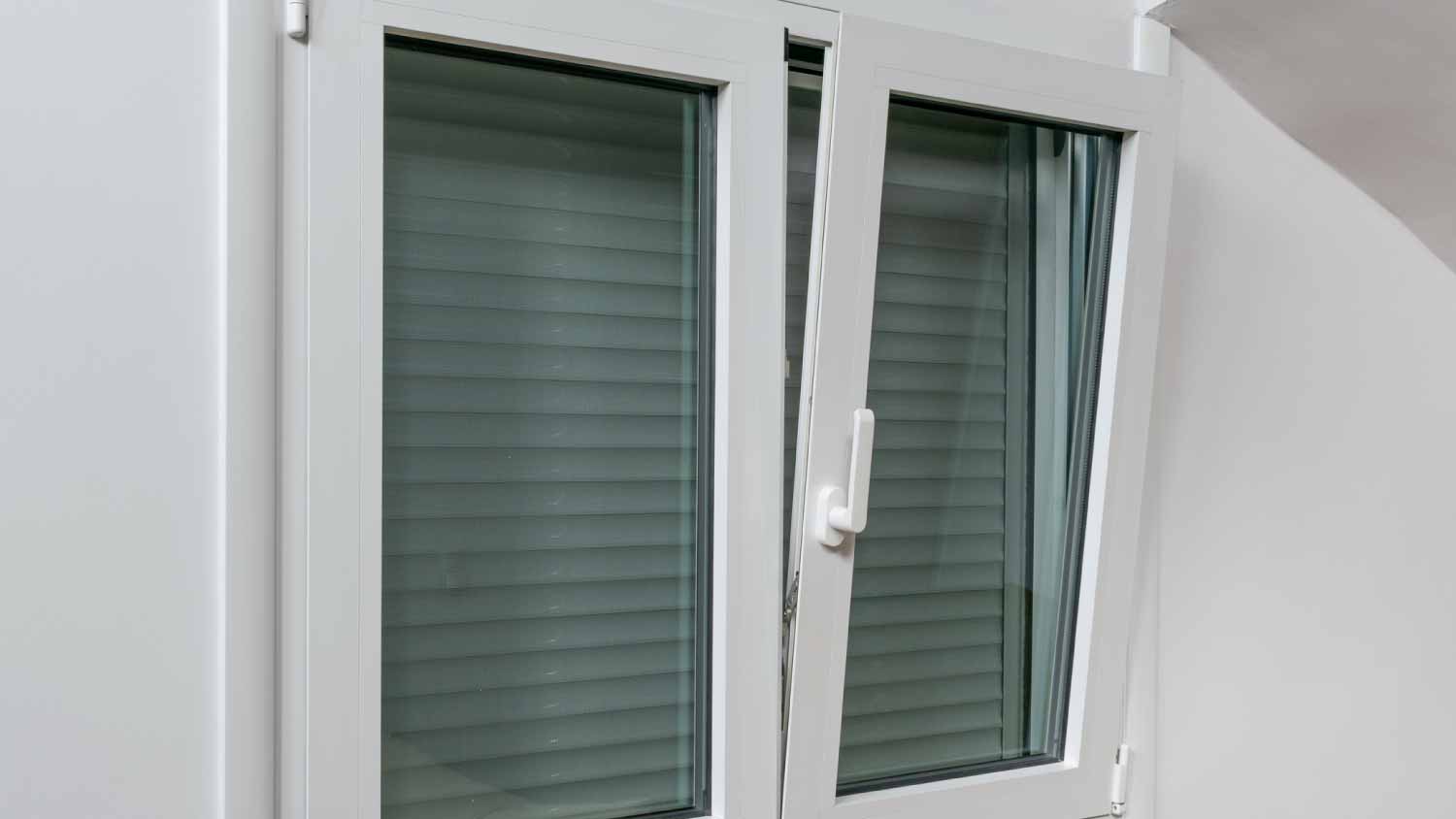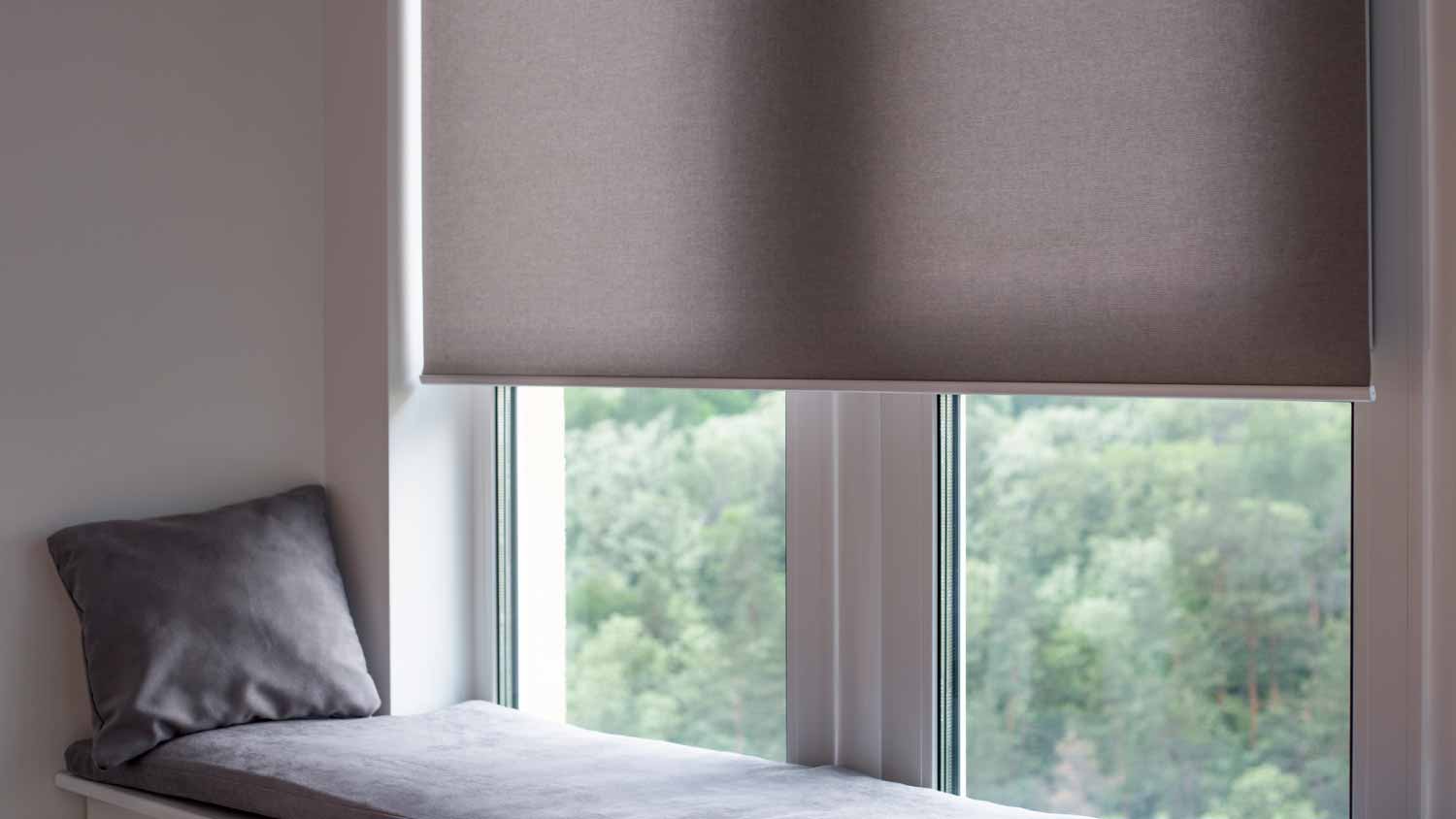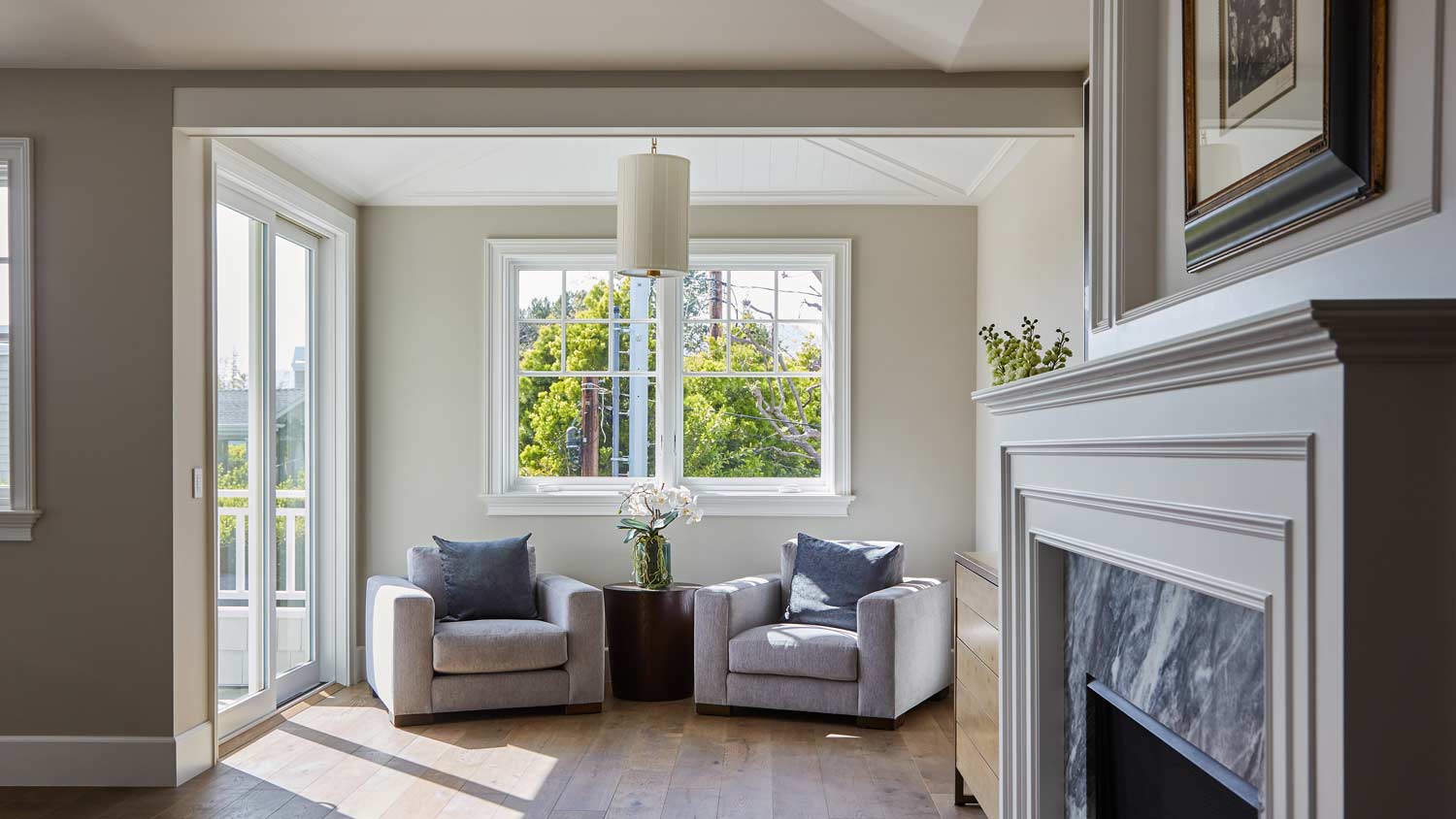Everything You Need to Know About Hopper Window Sizes
Light up your basement or bathroom with perfectly sized hopper windows


The standard hopper window size is 31 3/4 inches wide by 15 3/4 inches tall.
Hopper window size is often limited by the size of your wall opening, the window’s proximity to the ground outside, and local building codes.
Hopper window sizes from manufacturers are slightly larger than the true dimensions, as they’re based on the rough opening in your wall.
Whether you’re replacing existing hopper windows or installing wall openings for new ones, you’ll need to make sure you get the right hopper window size for your space. If it’s too small, you’ll get less natural light in your basement or bathroom. If it’s too large, though, your window could be at an increased risk of leaks, or it might not fit into your wall. Before diving into your next renovation, take the time to learn about the standard hopper window size and some other key factors that can help you get the right dimensions for your project.
What Is the Standard Hopper Window Size?
The standard hopper window size is 31 3/4 inches wide by 15 3/4 inches tall. These are the measurements provided by manufacturers for the window, but it actually refers to the size of the window opening. Just like with picture window sizes and double-hung window sizes, the actual size of the window will be about 1/2-inch to 3/4-inch smaller in both directions, meaning the size of the window will be closer to 31 to 31 1/4 inches wide by 15 to 15 1/4 inches tall.
Hopper window sizes vary, but most fall between 30 and 36 inches wide and between 12 and 24 inches tall.
Hopper Window Size Options

Hopper windows vary quite a lot in their dimensions based on the amount of natural light you want to let into your room, the size of the wall opening, and whether or not you want to use the window as a point of egress.
The table below includes some standard hopper window dimensions. Remember that these measurements are about 1/2-inch to 3/4-inch longer than the actual window to allow for ease of installation.
| Width (inches) | Height (inches) |
|---|---|
| 15 3/4 | 7 3/4 |
| 30 3/4 | 12 3/4 |
| 30 3/4 | 14 3/4 |
| 30 3/4 | 16 3/4 |
| 30 3/4 | 18 3/4 |
| 31 3/4 | 13 3/4 |
| 31 3/4 | 15 3/4 |
| 31 3/4 | 17 3/4 |
| 31 3/4 | 21 3/4 |
| 31 3/4 | 23 3/4 |
Keep in mind that these are the standard sizes you’ll see for hopper windows. Like other types of windows, you can order custom sizes that measure anywhere from around 15 3/4 inches wide up to 48 inches or more and heights of 7 3/4 inches up to 24 inches.
How to Measure for Hopper Window Size
Measuring for any window is a crucial first step before ordering materials. Getting the measurements right the first time can help you avoid delays in the installation and additional delivery costs. Whether you’re replacing an existing hopper window or installing a new wall opening or window for new construction, you’ll measure the rough opening the same way as you would for standard double-hung window or bay window sizes.
Measure the height of the window from the head to the sill, excluding all trim. Do this in three places along the entire window and take the smallest measurement of the three. This is your window height.
Measure the width of the window from the inside of one jamb to the inside of the opposite jamb. Do this at the top of the window, in the middle, and along the bottom. Take the smallest of the three measurements and use this as your window width.
These measurements represent the dimensions of the window you’ll want to purchase. You don’t need to worry about adjusting the numbers because window manufacturers provide hopper window sizes in rough opening sizes.
Factors That Influence Hopper Window Size
There are a few things to consider to ensure you get the right size hopper window, whether installing new or replacement windows.
Wall Opening
The wall opening is the most important factor to consider when choosing the size of your hopper window. If you’re installing a replacement window and don’t want to pay extra to make the existing wall opening smaller or larger, you’ll have to buy a window that matches the rough opening.
In this case, you can either take measurements using the steps listed above or call a window professional to ensure you get accurate measurements and don’t needlessly wait for another delivery of new windows that will fit.
Egress
Hopper windows are most common in basements, and if you want your window to act as an emergency exit or point of egress, you need to ensure you buy a window large enough for an adult to fit through.
Your local building code will determine the window size required for it to be considered a point of egress. In most cases, building codes state that a window must be at least 5.7 square feet to be considered a point of egress, with a width no smaller than 20 inches and a height no smaller than 24 inches. The sill of the window must also be no higher than 44 inches above the floor inside.
Based on the common hopper window sizes mentioned above, most standard hopper windows won’t be considered points of egress based on these regulations. You would likely need to order custom hopper windows if you need them to act as an emergency exit.
Your region's building codes may require a specific size and number of windows for a certain room. Areas like basements, bathrooms, and kitchens all have window code requirements. Your window pro can walk you through the details and ensure your project is up to code.
Ground Level
Another consideration when choosing a hopper window size is how far above the ground level outside the sill of the window will sit if you’re installing your windows in a basement. Your local building codes will also dictate the minimum height above the ground, but it’s often around 6 inches.
In the case of a basement hopper window, this limits the size of the window you can install, as the height needs to be less than the distance from the ceiling inside to the ground outside, minus 6 inches.
Most basements sit only a foot or two above the ground. If the window is too tall, the sill will sit too close to the ground outside, leaving you at a higher risk of leaks. It’s a good idea to call a window company near you to take measurements to make sure your new window fits in the space and doesn’t sit too close to the soil outside.
Natural Light and Ventilation
The main purposes of hopper windows are to introduce natural light into your living space and provide some ventilation. The larger the window in either direction, the more light and fresh air you’ll get. Working within the other constraints mentioned above, maximizing the hopper window size is often the best option for adding value to your home.
What to Do If You Have the Wrong Size Hopper Window
If you measured incorrectly or your manufacturer got the window size incorrect, you have two choices:
Buy the right size window. Unfortunately, the easiest thing to do in this case is to return the window and buy a new one with the right dimensions. This is the most affordable option, but it will delay the installation as you’ll have to wait for the new one to get delivered.
Adjust the size of the wall opening. If you’re working with a professional window installer, they might be able to adjust the wall opening size to fit the window. This involves either adding framing to close up the opening (only suitable for hopper windows that aren’t in a basement) or making the opening larger. This will be the more expensive option, but larger windows have benefits, including more natural light and ventilation and the potential for your window to serve as an emergency exit.




- What Is a Hopper Window and Is It Right for Your Home?
- Standard Window Sizes: A Complete Guide to Understanding Window Dimensions
- Standard Picture Window Sizes: Which is Right for My Home?
- What Is a Window Well and What Are They Used For?
- In Need of Window Leak Repair? Here’s Who to Call for a Leaking Window
- Shedding Light on All the Different Parts of a Window
- How Long Does It Take to Replace a Window?
- 7 Bright Ideas to Childproof Your Windows
- Who Do You Call To Fix a Broken Window?
- How Long Do Windows Last and When Should You Replace Your Windows?












